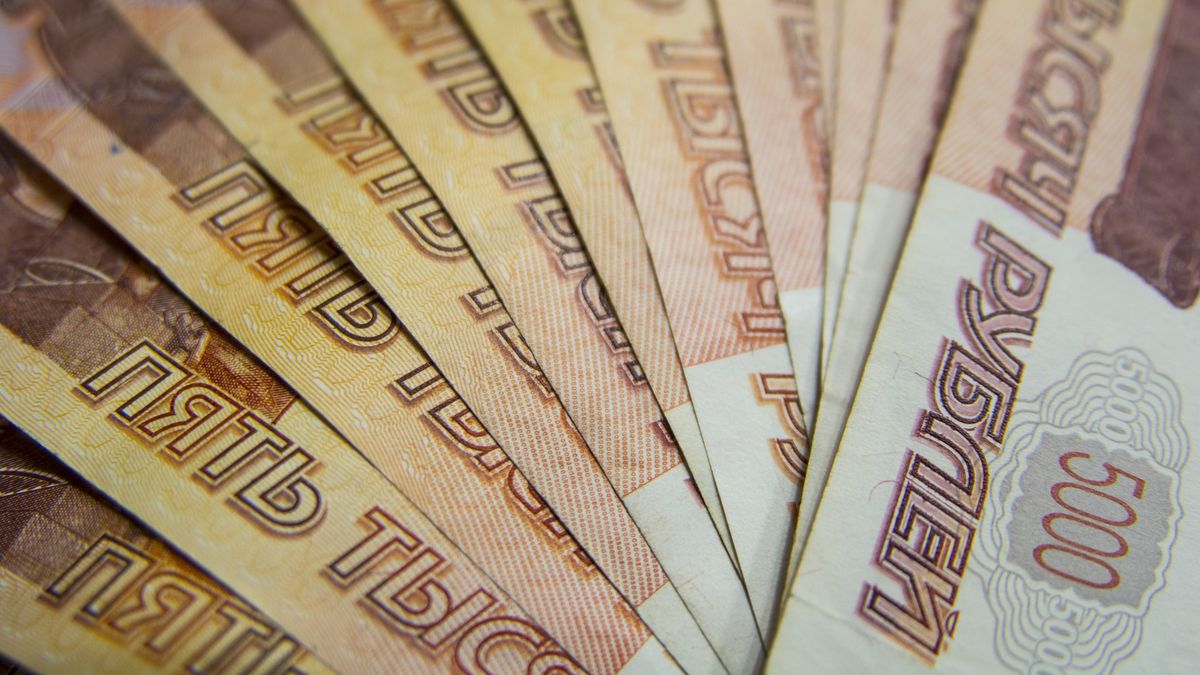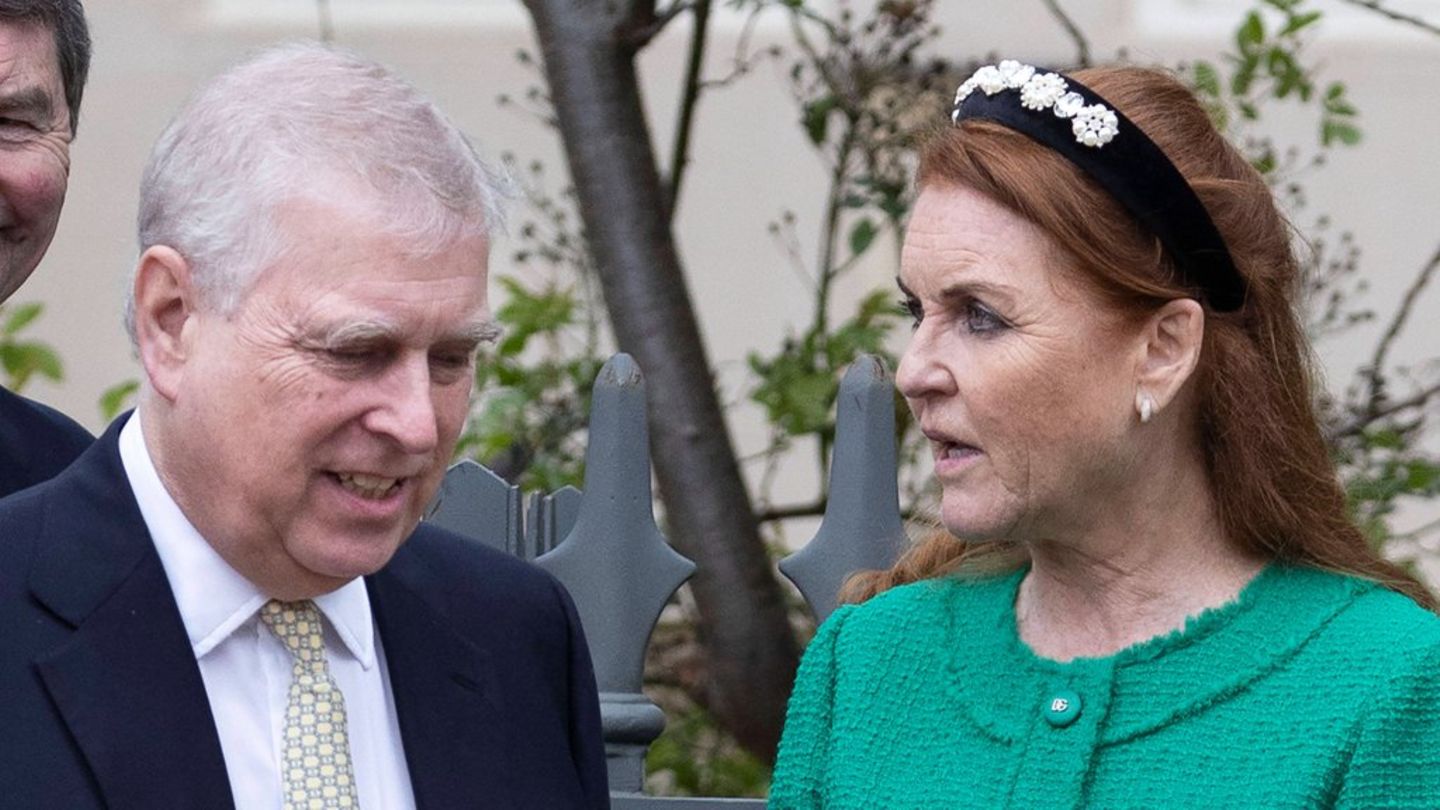“The idea was clear: violently crush the Russian economy,” Russian President Vladimir Putin said last week during the annual International Economic Forum in St. Petersburg. “They weren’t successful. Obviously, that didn’t happen.”
At the end of February, after the initial fall in the ruble and four days after the start of the invasion of Ukraine, on February 24, Russia doubled the interest rate to 20% from the previous 9.5%. Since then, the value of the currency has improved to the point that lowered the rate three times to 11% at the end of May.
In fact, the ruble has strengthened so much that Russia’s central bank is taking steps to try to weaken it, for fear that this will make their exports less competitive.
According to ‘CNBC’, Russia is obtaining record income from oil and gas and the reasons are, to put it simply: some shockingly high energy prices, capital controls and the sanctions themselves.
Russia is the world’s largest gas exporter and the second largest oil exporter. Your main client? The European Union, which has been buying billions of dollars worth of Russian energy a week while trying to punish it with sanctions.
That has put the EU in an awkward situation: it has now sent Russia exponentially more money in oil, gas and coal purchases than it has sent Ukraine in aid, which has helped fill the Kremlin’s coffers. And with Brent crude prices 60% higher than last year at this time, despite the fact that many Western countries have curbed their purchases of Russian oil, Moscow continues to make a record profit.
Although many EU countries intend to reduce their dependence on Russian energy imports, this process could take years: in 2020, the union depended on Russia for 41% of its gas imports and 36% of its imports of oil, according to Eurostat.
The EU partially banned Russian oil imports at the end of this year, but had significant exceptions for oil delivered by pipeline, as landlocked nations such as Hungary and Slovenia did not have access to alternative sources of oil shipped by sea.
“The exchange rate you see for the ruble is there because Russia has a record current account surplus of foreign currencies,” told CNBC Max Hess, a fellow at the CNBC Foreign Policy Research Institute. These revenues are mainly in dollars and euros through a complex ruble exchange mechanism.
Capital controls, or the government’s restriction of foreign currency outflows from their country, played a role. According to Nick Stadmiller, director of emerging markets strategy at Medley Global Advisors in New York “the result is an inflow of money from exports, while there is a relatively small outflow of capital. The net effect of all this is a stronger ruble.”
Source: Ambito
David William is a talented author who has made a name for himself in the world of writing. He is a professional author who writes on a wide range of topics, from general interest to opinion news. David is currently working as a writer at 24 hours worlds where he brings his unique perspective and in-depth research to his articles, making them both informative and engaging.




